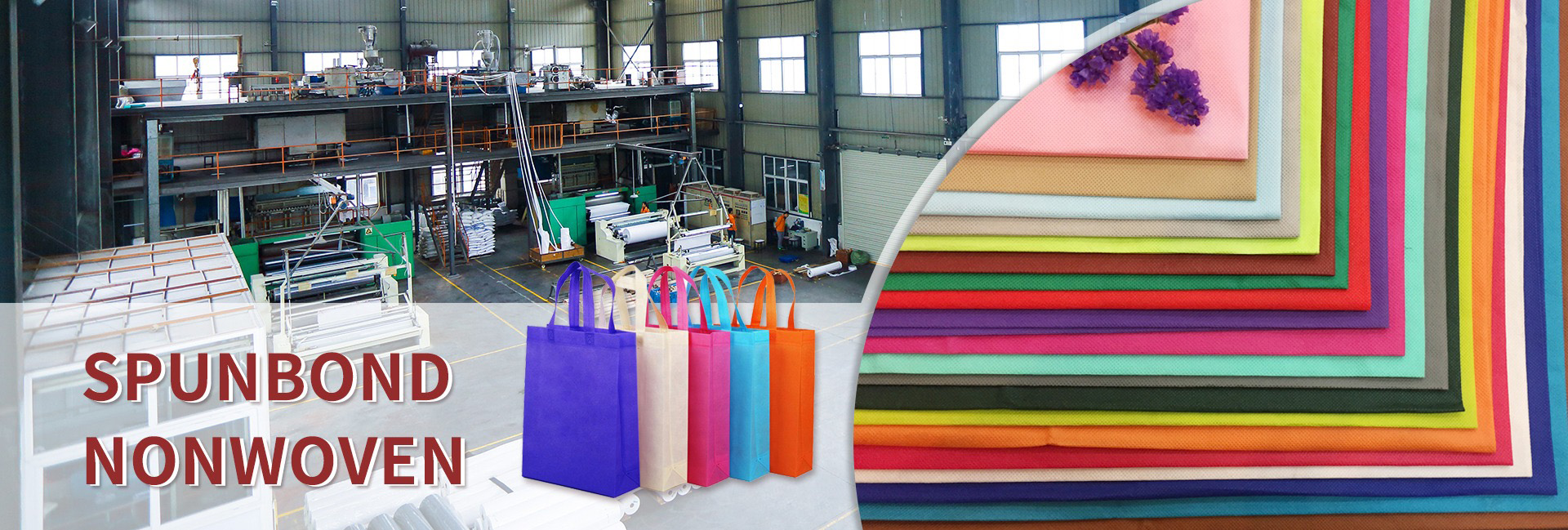PP non-woven sheets are disposable sheets, and their core material is PP nonwoven fabric.Let’s break down this term:
PP
Refers to polypropylene, a very common type of plastic (thermoplastic polymer).Features: Lightweight, good strength, low cost, stable chemical properties (acid and alkali resistance), waterproof (good hydrophobicity), recyclable (theoretically, but in actual operation, the recycling rate of disposable products is low).
Nonwoven fabric
The English is Nonwoven fabric.Unlike traditional textiles that require spinning and weaving, non-woven fabrics are sheets, flocs or mats formed by directly combining fibers (mainly polypropylene PP fibers here) by physical (mechanical entanglement), chemical (adhesive) or thermal (hot melt bonding).
Features: Fast production speed, low cost, good air permeability (depending on the structure), strong designability (different processes produce different properties), but usually not as durable and soft as traditional textiles.
PP non woven fabric
It is a non-woven fabric made of polypropylene (PP) fibers. It is one of the most widely used types of non-woven fabrics.
Main features:Lightweight and soft: Relatively soft to the touch;Hydrophobic and waterproof: Not easily penetrated by water (but breathability still exists);Chemically inert: Not easily reacted with common chemicals;Low cost: Low raw material and production costs;Hygienic: Not easy to breed bacteria (but not antibacterial);Disposable: Limited strength and durability, designed to be discarded after use.
PP non-woven sheets
Disposable sheets.The main material is polypropylene non-woven fabric.Core values: convenient, hygienic, and economical.
Its main uses and scenarios
Medical care: Hospitals, clinics, nursing homes and other places. Used for isolation, prevention of cross infection, protection of mattresses, and convenient replacement (especially for incontinent patients or scenes where frequent replacement is required after surgery). This is a very important application.
Hotel service industry:
As temporary or disposable sheets in economy hotels or specific scenarios (such as during renovation).
As a “protective layer” for traditional cloth sheets, it is laid on the sheets to reduce the frequency of washing.
Temporary accommodation/emergency: Camping, dormitories, temporary settlements, disaster relief and other occasions that require rapid deployment and sanitation.
Beauty and body care/spa: Beauty salons, massage shops, SPA centers, etc., laid on massage beds or beauty beds to ensure that each customer uses a brand new and hygienic surface.
Pet care: Lay in pet nests or transport cages for easy cleaning.
During the epidemic: As emergency supplies, used in square cabin hospitals or isolation points to meet a large number of rapid replacement and sanitation needs.
Advantages of PP nonwoven sheets
Hygienic and convenient: Disposable, eliminating the risk of cross infection, disposable after use, no need for cleaning and disinfection, saving manpower and water and electricity costs.
Affordable: The cost per piece is very low.
Waterproof and anti-fouling: It can effectively prevent liquids from penetrating into the mattress (although the surface may feel wet).
Lightweight and easy to use: Lightweight, easy to lay, replace and transport.
Space saving: It takes up less space than cloth sheets when stored in large quantities.
Disadvantages of PP non-woven sheets
Poor comfort: The texture is far less skin-friendly, soft and breathable than traditional sheets such as cotton. Sleeping on it usually feels “plastic” or “rustling”, and the body feels stuffy.
Low durability: It is easy to be torn, fuzzed or worn, and can only be used once or for a very short period of time.
Environmental issues: Disposable plastic products will generate plastic waste when used in large quantities. Although PP is theoretically recyclable, thin, dirty and mixed disposable non-woven fabrics have low recycling value and are difficult to recycle, and most of them end up in landfill or incineration.
Poor thermal insulation: Not as warm as cotton and other materials.
General aesthetics: The appearance and texture are usually not as beautiful and high-end as fabric sheets.
Summary
PP non-woven sheets are disposable sheets made of polypropylene non woven fabrics. Its core advantages are hygiene, convenience and economy, and it is particularly suitable for medical treatment, hotel protection, beauty and body care, temporary emergency and other scenarios that require quick replacement, avoid cross contamination or control costs. However, its poor comfort, low durability and environmental issues are also significant disadvantages, so it is not suitable as a substitute for long-term bed sheets for daily household use. It is a function-oriented, practical solution for specific occasions.
Dongguan Liansheng Non woven Technology Co., Ltd. was established in May 2020. It is a large-scale non-woven fabric production enterprise integrating research and development, production, and sales. It can produce various colors of PP spunbond non-woven fabrics with a width of less than 3.2 meters from 9 grams to 300 grams.
Post time: Jul-12-2025

